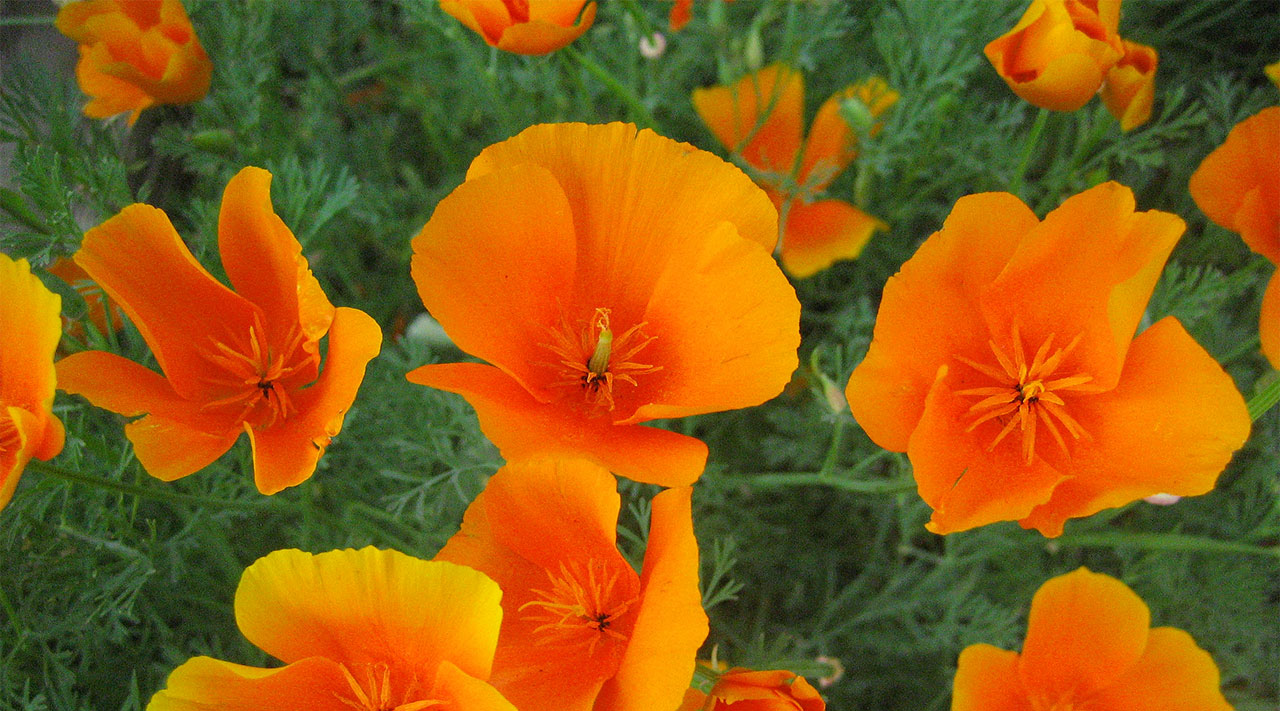As the golden hues of autumn leaves capture our attention, California's gardening enthusiasts are presented with a unique and beneficial opportunity: planting native plants.
Natives are perfectly adapted to the state’s climate and soil and not only conserve water but also offer a nurturing habitat for local wildlife.
So, why is fall the best time to plant these gems? Planting during the autumn months provides an advantage for root development. The cooler, wetter conditions of winter allow plants to establish robust root systems.
By the time the hot, dry summer rolls around, these plants, with their roots deeply anchored, are better prepared to withstand the harsh conditions.
Moreover, these native species, once established, significantly reduce the overall water consumption of a garden. They’ve evolved to begin their growth cycles in sync with California’s Mediterranean climate, which starts in the fall and extends through winter.
Additionally, their natural resistance to many local pests and diseases means fewer chemicals in the environment.
Choosing the right native plants can transform any garden. For those dry, sun-baked areas, the California Poppy or Manzanita might be perfect. In contrast, shaded spots could benefit from the presence of the Western Sword Fern or the California Wild Grape.
If a burst of color is what you’re after, the vibrant blooms of the California Lilac or the Hummingbird Sage can be captivating. And for those looking to attract local birds and pollinators, plants like Toyon or Sticky Monkeyflower can be ideal choices.
This autumn, as the air grows crisp and the days shorter, consider enriching your garden with plants that not only beautify but also protect and foster the environment.

About The Author
John Bagnasco has been in the gardening industry for over 50 years, starting with a horticulture degree from Michigan State University and following a stint at Frank’s Nursery and Crafts in Detroit.
After publishing his first book “Plants for the Home Vol. I” in 1976, he moved to California to become regional manager and buyer for the Nurseryland division of Sunbelt Nursery Group.
He then became the head buyer for Armstrong Garden Centers based in Glendora, California. John had a part-time affiliation with Creative Promotions for ten years before joining them full-time in October 2000 as a senior editor and radio personality for Garden Compass.
John has also taught horticulture classes at Palomar College and San Diego State University.
He is the host of the DVD “The Essential Guide to Roses,” which also features Bryan Main and Bruce and Sharon Asakawa.
His most recent book is “Planting Designs for Cacti and Succulents”.
Currently, John is a co-host on “Garden America,” an interactive live gardening show that additionally provides podcasts of the broadcasts accessible on all major platforms.
You can contact John here.

